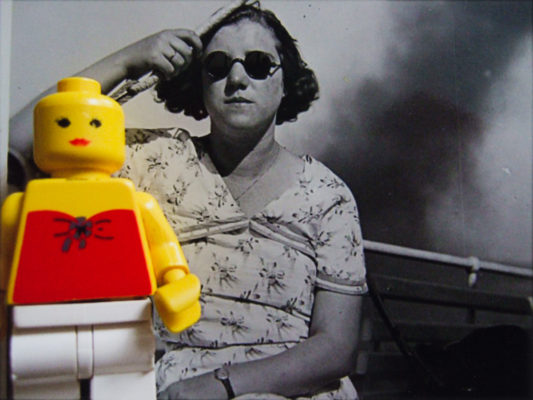Anonymous? On the advantages of the unknown photographer
Like most museums, the Musée de l’Elysée has in its collection a certain number of works labeled “anonymous”. Little or nothing is known about the creators of these photographs. It is sometimes possible to catch a brief glimpse of the identity of these unknown photographers by means of the subject, the photographic technique or the medium. Research by archivists, historians and curators occasionally sheds light on the mystery and connects a photograph with a photographer’s name. And sometimes, the term “anonymous” is a shorthand used in the necessarily unimaginative categorization of databases and encompasses collective and unsigned photographic practices. Anonymity is thus often linked to vernacular or amateur photography, a kind of photography that has until recently received little attention from institutions. Artists were the first to recognize the charms of vernacular photography and, following the example of the Surrealists, bring it to light, causing it to enter into the world of art.
The Musée de l’Elysée is proving its interest in vernacular, applied or amateur photography by showing a selection of anonymous photographs, as well as a series of contemporary works representative of its procurement policy.
When a photograph’s creator is anonymous, this stimulates our imagination, which tries to conceive stories and weave possibilities around the image we see. Anonymous images give us room for creativity and freedom, a freedom embraced by some contemporary artists who appropriate photographs found in vintage shops, in galleries or on the internet. Martin Crawl buys photographs on eBay and imagines stories, weaves links. Caroline Aubert-Neulas found slides of nude women at a garage sale and made an artist’s collection out of them. Luciano Rigolini is also interested in vernacular photography, collecting snapshots and shaping them by producing publications, exhibitions and screenings. Found objects, sought objects, these images appear as treasures of poetry, disparity or humor for anyone who knows how to look at images and present them properly. One can therefore see just how much the viewer’s perspective contributes to the work, and how much esthetic sensibilities change according to the context, culture or era. We consider the status of the photographer, who in this case is partnered with a revealer who can be either an artist, historian or curator. From the interpretive perspective of the curator to the appropriationist and creative gesture of the artist, the photographer’s anonymity opens a blank space that is felicitously colonized.
An exhibition organized by the Collections Department of the Musée de l’Elysée.


